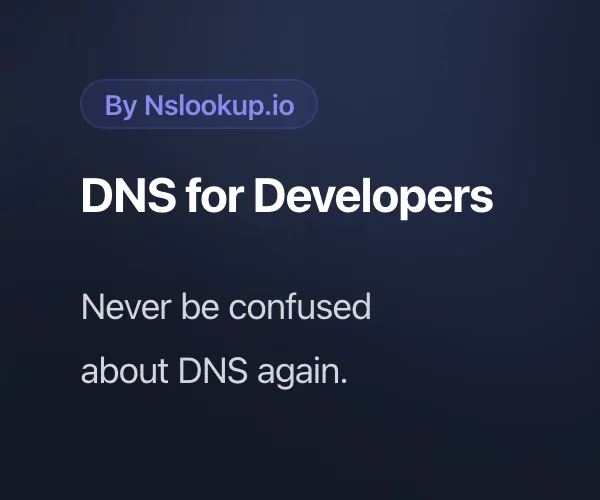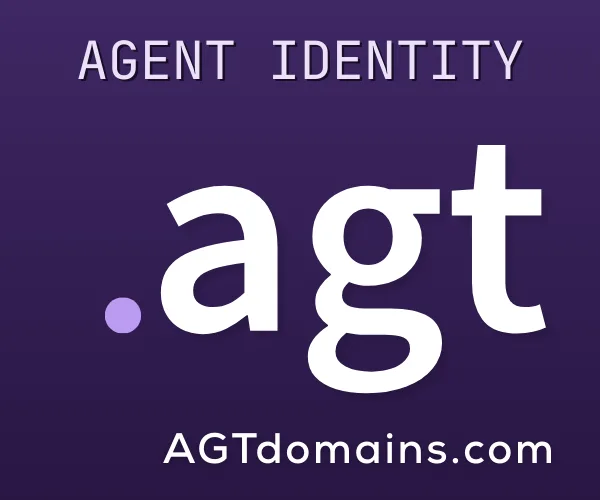Browse More Terms
Grace Period
A window after a domain expires during which the original owner can renew it at the standard price, typically 30-45 days.
WIPO
World Intellectual Property Organization
Cloaking
A technique where different content is shown to search engines than to regular visitors, often considered a black-hat SEO practice.
GDPR
GDPR is an acronym that stands for General Data Protection Regulation. This is a law enforced by the European Union since May 2018, aimed at giving EU citizens control over their personal data and ...
Info
.info is one of the many top-level domains (TLDs) available for registration. It was one of the first TLDs introduced to alleviate the demand for .com domains and it's intended for informational we...
Traffic
Visitors to a domain name or website; domains with existing traffic are more valuable than those with no visitors.




